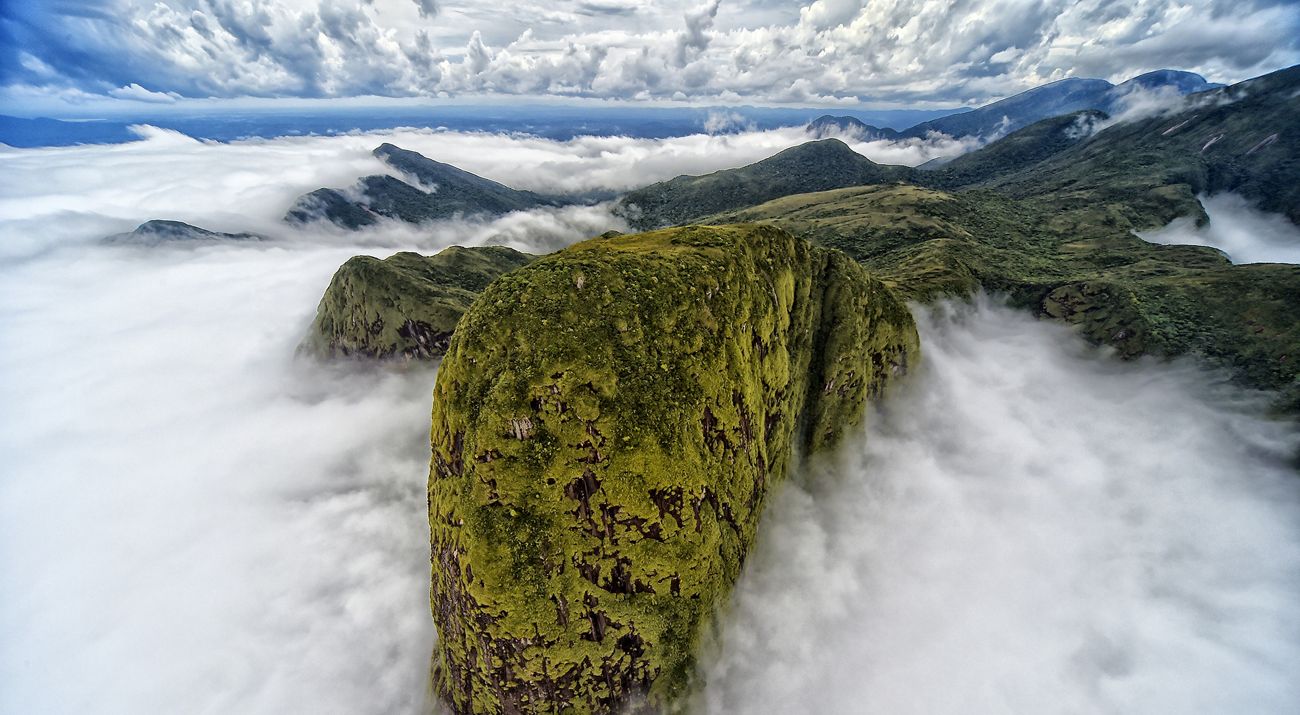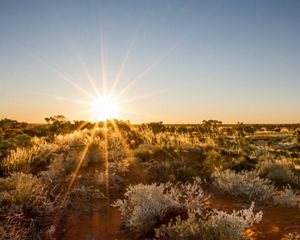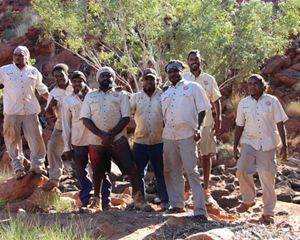Your Guide to Climate Action after COP26
Get the debrief on COP26 and the action needed ahead
Watch our Chief Scientist's Quick Take
Did COP26 move the needle on limiting global temp increase? Jump to the video to learn more.
COP26—or the 26th UN Climate Change Conference of Parties—may be the most important event of 2021. You probably heard about it in the news last year but if not, that's OK. This page will tell you everything you need to know.
Now that COP26 is over, what do you need to know?
UN COP26 climate conference in Glasgow, Scotland came to a close in mid November. So now, the big question: is the world any closer to addressing the climate emergency?
The short answer is a rather qualified yes. In fact, you can start by watching a quick take from TNC Chief Scientist Katharine Hayhoe on whether COP26 moved the needle in lowering the planet’s projected temperature increase—and what’s still needed.
Indeed, the Glasgow Climate Pact is a step forward for climate action. But it is not enough, and strong words now need to become stronger action.
Here are 5 things you need to know about COP26:
1. Limiting global warming
At the center of climate action is the need to limit how much the planet’s temperature is expected to increase by the end of the 21st century. This increase is compared to temperature levels before the industrial period began to take off in the mid-to-late 1800s.
Going into COP26, the Paris Climate Agreement had set a target of limiting global warming to 1.5°C above “pre-industrial” levels to avoid the worst impacts of climate change. However, estimates suggested we were still on a path to an increase of 2.7°C.
Well, new official commitments from countries at COP26 are estimated to bring expected warming down some to 2.4°C. But, importantly, if countries meet their other net-zero promises (read more: what is net zero?) and related pledges—including reducing highly potent methane emissions and stopping deforestation—global warming could be limited to 1.8°C. This would bring us significantly closer to the goal of limiting warming to 1.5°C.
2. Funding to support developing nations
Wealthy nations had failed to meet their 2010 commitment to provide a collective $100 billion per year in climate financing to developing countries by 2020. That funding is critical to help developing countries address climate impacts on the ground.
But new pledges from COP26 should meet the $100 billion target by 2022 or 2023. This includes an additional $8 billion in annual funding for forests and other nature-based solutions. In addition, the Glasgow Pact urges wealthy nations to “at least double” funding by 2025 to support poorer nations in adapting to the impacts of climate change.
COP26 pledges
-
US$100B
New pledges from wealthy nations should meet $100 billion per year in climate financing to developing countries by 2022 or 2023.
-
1.8°C
If countries meet their net-zero promises and related pledges, global warming could be limited to 1.8°C.
-
US$130T
450 financial institutions from 45 countries committed their combined $130 trillion in assets to achieving net-zero carbon emissions by 2050.
3. The role of nature and local leaders
Perhaps the most promising news out of Glasgow was the focus on nature and the vital role of Indigenous Peoples and local communities. Nature truly took center stage at COP26. And crucially, the Glasgow Pact and the Paris Rulebook agreed to respect the rights of Indigenous Peoples and recognised their central role in addressing climate change. But there is much more work to do alongside Indigenous Peoples and local communities across the globe to ensure their rights to land and a leadership voice in how that land is used.
4. A finalized "Rulebook" for emissions reductions
After years of tough negotiations, Glasgow achieved major agreements on rules for countries to report their emissions reductions transparently and use carbon offsets to meet their climate goals. This shared rulebook is important for apples-to-apples tracking of whether countries are actually making progress toward their commitments.
5. Reducing fossil fuels
The Glasgow Pact calls for countries to phase out inefficient fossil fuel subsidies and phase down the use of coal. In addition, 450 financial institutions from 45 countries committed their combined US$130 trillion in assets to achieving net-zero carbon emissions by 2050. The pledge will help businesses, financial firms and entire industries further transform their operations to a carbon-neutral future. This won’t immediately stop investment in fossil fuel projects, but it’s a further signal that markets are shifting to a low-carbon future.
Now, the success or failure of this COP hinges on how world leaders follow through on their commitments. The work ahead is building on the collective energy from Glasgow to shift from words to action, so that we have stronger momentum heading into COP27 next year in Egypt. For our part, TNC will remain laser focused on helping governments and corporations meet and ratchet up their climate commitments, and maximise nature’s ability to both store carbon and help protect communities from climate-related harm.
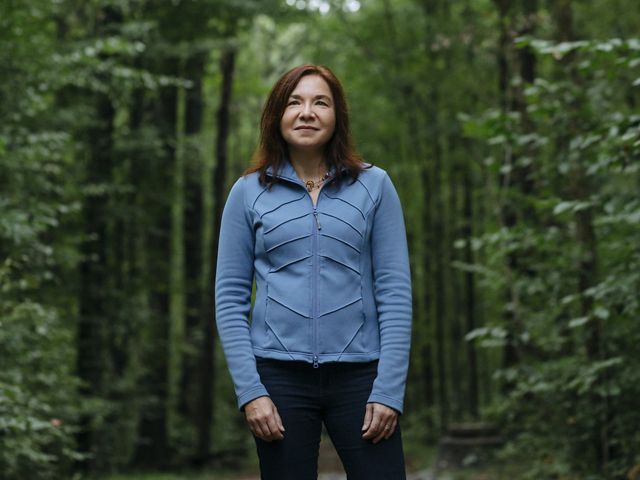
Further Reading
Check out Katharine Hayhoe’s examination of the injustice of climate change impacts and what we can do to find solutions that benefit all. Read the piece >
Listen: TNC CEO Jennifer Morris reports out from on the ground at COP 26 in Glasgow, Scotland on her perspective and highlights from the meeting.
Nature-Positive Action at COP26
Highlights from Week 01
Quote: Katharine Hayhoe
Climate change isn’t just an environmental issue – it’s an everything issue.
-
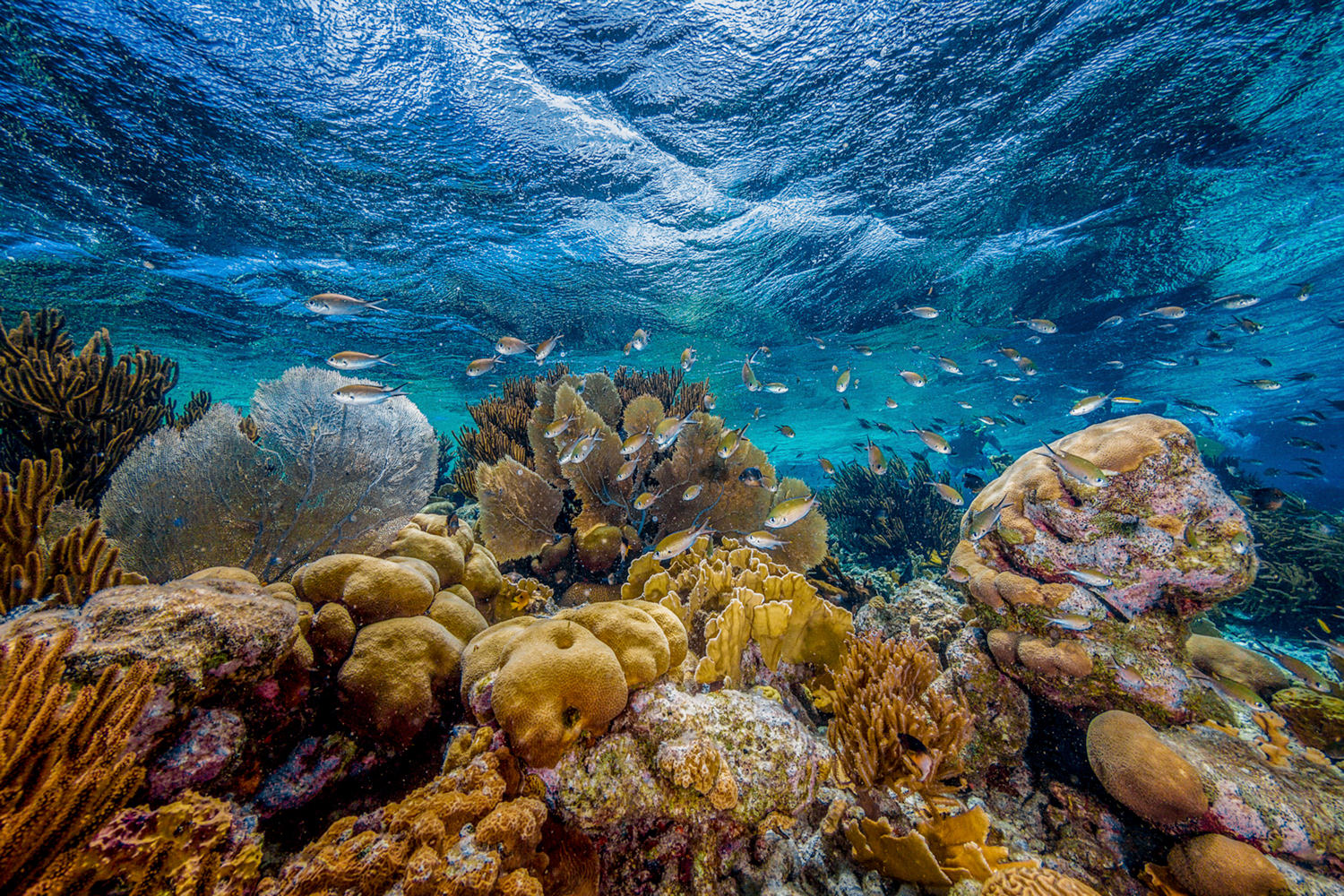
1. Learn How to Talk About Climate Change
Our guide will help you feel comfortable raising these topics at the dinner table with your friends and family. View our guide.
-
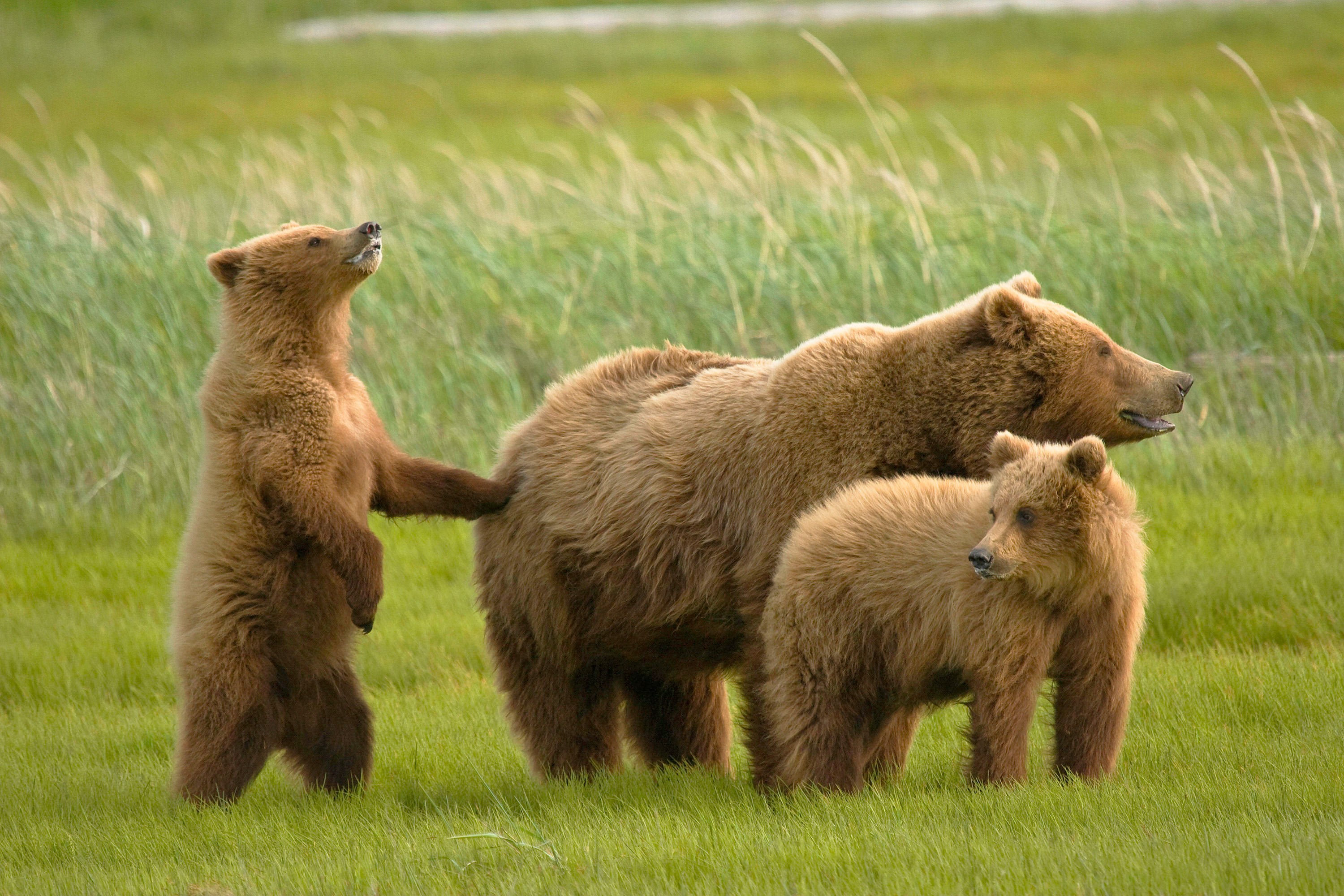
2. Share Your Thoughts
Share this page on your social channels so others know what they can do, too. Here are hashtags to join the conversation: #COP26 #ClimateAction #NatureNow
-
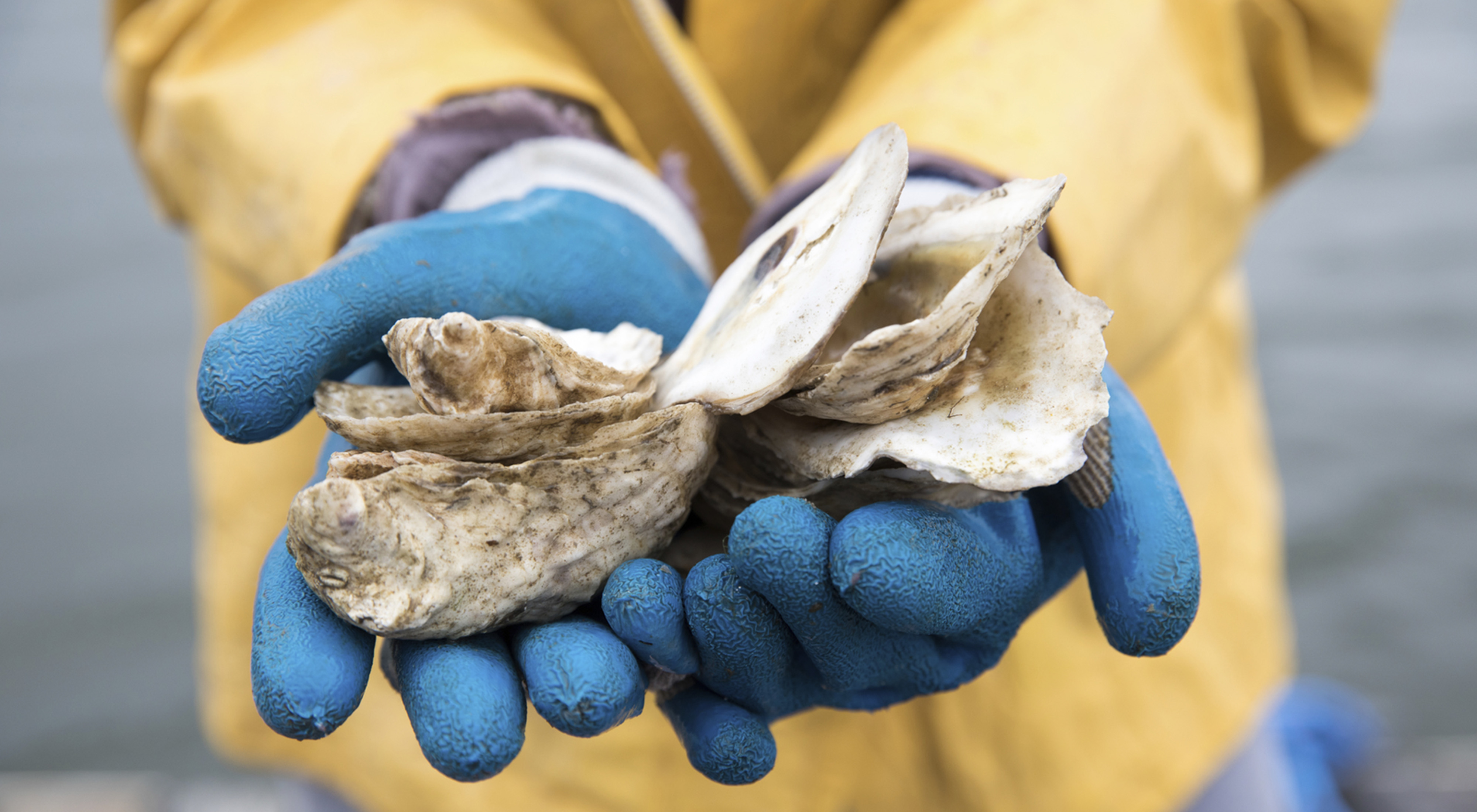
3. Learn More
Educate yourself and share the knowledge. If you feel ready to take a deep dive, click the boxes below for additional resources we've put together on key topics to understand as we head into COP26:
COP26 Topics
-
- Video: A Food System to Heal the Planet
- Overview: Regenerative Food Systems Overview and Perspective
- Resource: Foodscapes for People and Nature
-
- Video: Why is Biodiversity so important?
- Article: Building Resilience
- Article: Nature Based Solutions for Resilient Watersheds
- Article: Adapting to a Changing Climate
Videos: Climate Issues Explained




